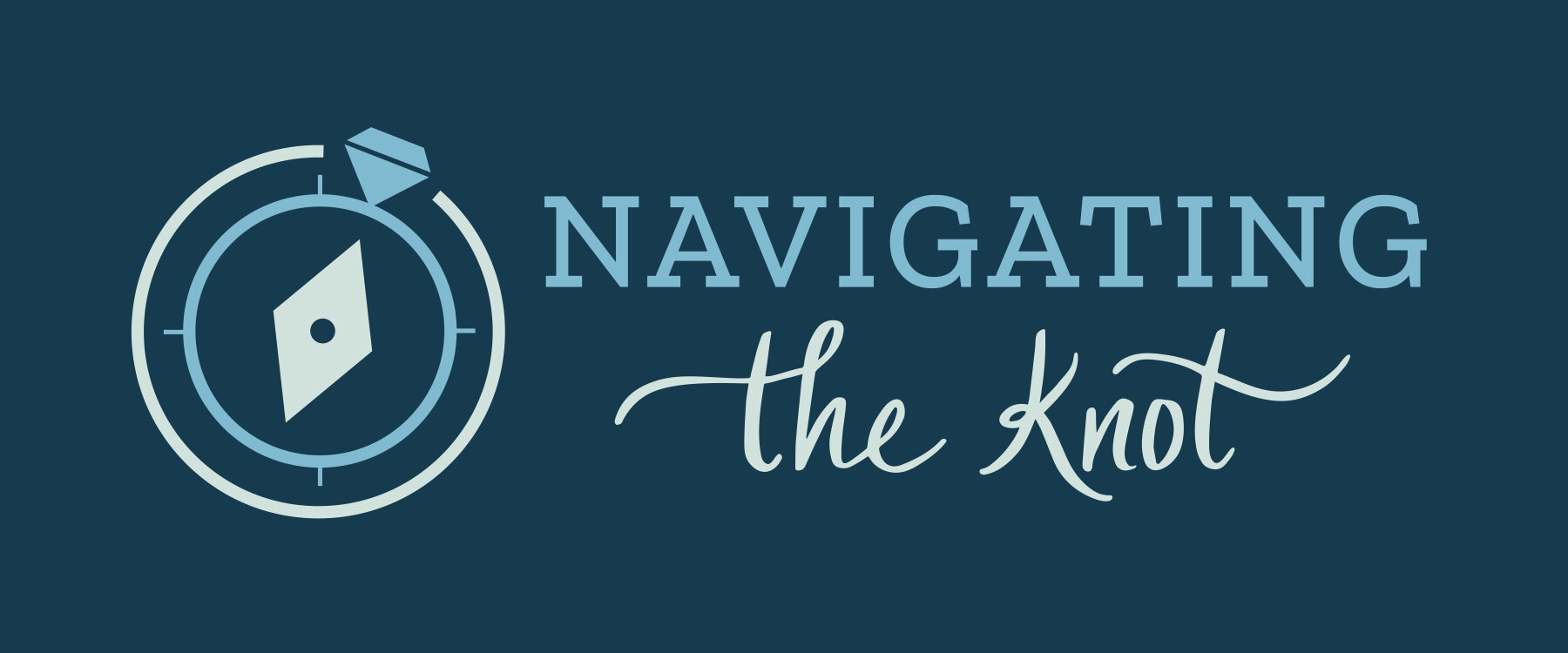Rechoreographing: How to Change Course When Your Dance Has Become Dangerous
I’ve been a party to it before. After being in a relationship with someone for awhile, at some point, you may fall into the bad habit of fighting with each other.
Your partner says or does something that emotionally triggers you, and your fight-or-flight response kicks in. You feel vulnerable, and that vulnerability feels like weakness. So instead of exposing that side of yourself to your partner, you cover it up by blaming or verbally attacking them. Or perhaps it’s them who attacks you.
Either way, defensiveness becomes the de facto response. You both know exactly how to trigger and hurt one another - what to do or say to cause each other pain. So things escalate.
You lash out at your partner, harshly throwing barbs in an effort to hurt them and to make them feel just as bruised and broken as you do.
And, with time, the cycle begins to repeat itself. You both get caught in the pattern of emotional escalation, regularly launching into attack or defense mode and continually returning to the ring, until you eventually. start. to feel. stuck.
You’re unable to break out of the negative sequence you’ve fallen into, despite the fact that those patterns have ultimately becoming defeating for both of you.
I know. Pretty grim, right?
The good news is, it’s possible to course correct. You have the ability to rechoreograph your dance - to take charge of it and steer it back in a healthy direction.
So if you’ve found yourself in a situation like this, here’s how to modify your choreography with your partner and break the negative cycle:
Step 1: Realize that it takes two to tango.
Just as dancing the waltz, tango, salsa, etc. requires two participants, in a relationship, each partner bears some responsibility for contributing to a fight, or else there wouldn’t be a fight in the first place.
Fault isn’t relevant here. What’s important is for you to acknowledge that you and your partner are each fueling the fire. You’re each playing a role in what’s happening.
Until you are ready to accept that reality, you won’t be able to change it.
Step 2: Have the change you want to see start with you.
Both of you will need to transform to some extent in order to break this habit -- but one of you can lead that change. And if you’re aching for a breakthrough to transpire sooner rather than later, I’d highly recommend that you step up and be that leader.
What does that look like?
Well, for starters, when your partner does something that hurts you, instead of lashing out and attacking them, try calmly, maturely, and directly letting them know they’ve hurt you. Don’t go down the usual hostile road that gets you stuck in the very dance you want to avoid. Don’t invite a battle.
Start with yourself. Because that’s all you can really control.
Stop trying to force your partner to accept or adopt your view, story, or experience. Instead of seeking to impose your own perspective on them, make room for their story in addition to your own. Listen and digest.
Try something new and allow love to lead you.
The dynamic will begin to shift as soon as you start altering your approach. (And you’ll likely find that making such a move will have a positive impact on your partner’s behavior as well - particularly if your previous patterns served to trigger theirs).
But if you want to break the bad habits that you and your partner have fallen into, if you want things to be different, have the change start with you.
Step 3: Kick-start a positive cycle.
Even though it will feel scary, try being vulnerable with your partner. Put yourself out there and approach your discussions from a place of kindness and openness.
Start by willingly sharing your fears with your partner. Whatever they might be, be brave in putting them out there (for instance, “I’ve been abandoned in the past, and I’m scared that you’re not going to be there for me when I need you”).
Don’t worry about how legitimate your fears are. Don’t judge them. Just share them.
And if you find yourself on the receiving end of this sort of share? Be compassionate and make your partner feel safe. Reassure them, or take action to positively reinforce their behavior and their choice to take this approach instead of lashing out and attacking you. (Note: It’s critical to do this before things escalate).
As a couple, you need to get back to a place where you each feel safe acknowledging your respective struggles and owning them with one another. Instead of seeking to be “right” at all costs, be willing to compromise. Be willing to let go.
Strive to learn how to approach conflicts from a place of problem-solving together rather than treating each other as the problem. Having more moments like these where you and your partner are willing to be vulnerable and respond empathetically towards each other can help you reset.
If you consistently incorporate these practices into your go-forward interactions, you and your partner will gradually redevelop trust in one another, and your dance will improve.
Just as with a musical composition, if you take it upon yourselves to do some improvising and rewriting, each note that you alter will serve to change the song as a whole. And before you know it, you’ll find yourselves dancing to a different tune - one that you’ve written together.
—
Kim West is the Founder of Navigating the Knot, a company she built to assist and empower clients on either end of marriage. Kim (JD, MBA) is a Consultant, Certified Coach, & Certified Divorce Specialist (CDS) who offers her services nationwide. To learn more, follow her on Facebook or Instagram.
To schedule a free consultation call with Kim, sign up here: https://calendly.com/navigatingtheknot/freeconsultation

